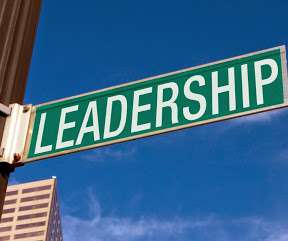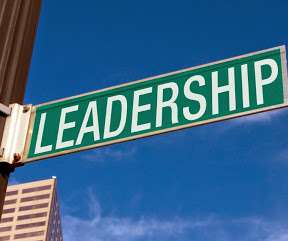Few Countries Manage To Be Sustainable
The Horizons Tracker
OCTOBER 4, 2023
. “If you’re below the social foundation, then you’re not meeting basic human needs, and that can be frustrating from an equity point of view.” It is worth noting that the ability of countries to meet the sustainable needs of their populations is not solely determined by their socioeconomic status.








































Let's personalize your content